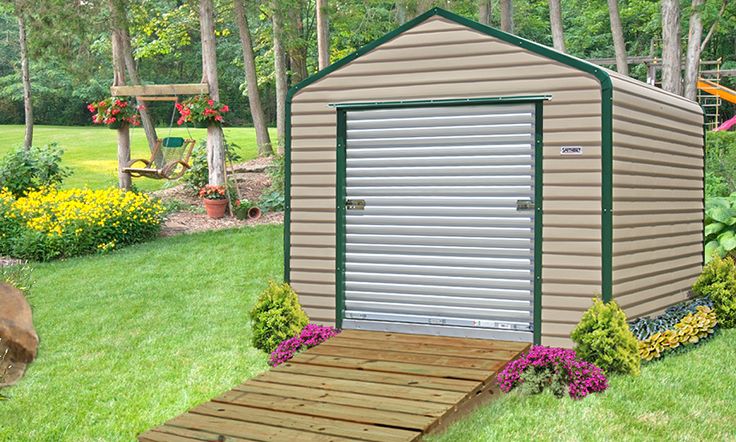
If you’re in need of extra storage space in your yard or garden, a custom shed can provide the perfect solution. Whether you’re looking for a simple storage shed or a more elaborate space for hobbies or work, planning your custom shed project is an important step in ensuring its success. In this article, we’ll provide some tips to help you plan your custom shed project.
- Determine Your Shed’s Purpose
The first step in planning your custom shed project is to determine its purpose. What do you need to store? Will you use the shed for work or hobbies? Do you need extra living space? Defining your shed’s purpose will help you make design decisions and ensure that your shed is functional and practical.
2. Choose Your Shed’s Location
The next step is to choose the location for your shed. Consider factors such as sun exposure, accessibility, and drainage. You’ll also need to determine the size of the shed and ensure that it meets any zoning regulations in your area. Once you’ve chosen the location, mark it out with stakes or spray paint to ensure that it’s the right size and shape.
3. Decide on Your Shed’s Size and Shape
The size and shape of your shed will depend on your available space and your intended use. Measure your yard or garden to determine the maximum size of your shed. You’ll also need to consider any zoning restrictions, such as setbacks from property lines or height limits. The shape of your shed will depend on your personal preference and the available space. A rectangular shape is the most common, but you could also consider a square or even a round shape.
4. Choose Your Shed’s Materials
When it comes to shed materials, you have several options to choose from, including wood, metal, and plastic. Wood is the most traditional and can be painted or stained to match your home’s style. Metal sheds are durable and require little maintenance, but they can be more expensive. Plastic sheds are lightweight, easy to assemble, and affordable, but they may not be as durable as other materials.
5. Decide on Your Shed’s Features
Once you’ve determined your shed’s purpose, location, size, and materials, it’s time to consider its features. You may want to include windows to allow natural light into the shed or add shelving for extra storage. If you plan to use the shed as a workspace, you’ll need to ensure it has proper lighting and electrical outlets. Other features to consider include a ramp for easy access, a skylight for additional natural light, or a ventilation system to keep the shed cool during the summer months.
6. Plan for Your Shed’s Foundation
Your shed’s foundation is an important consideration, as it will help keep your shed stable and level. There are several options for shed foundations, including a concrete slab, a wood frame, or a gravel base. A concrete slab is the most durable but also the most expensive. A wood frame is less expensive and easier to construct but may not be as stable. A gravel base is the most affordable but may not provide the level surface needed for your shed.
7. Consider Your Home’s Style
Your shed should complement your home’s style and aesthetic. If you have a traditional home, a wooden shed with a pitched roof and classic design may be the best fit. For a more modern home, a metal or plastic shed with a sleek design may be more appropriate. The color of your shed should also complement your home’s color scheme.
8. Don’t Forget About Storage
The purpose of a shed is to provide storage, so make sure you include enough space to store your items. Consider adding shelves, pegboards, or cabinets to maximize your storage space. You may also want to include hooks for hanging tools or gardening equipment.


